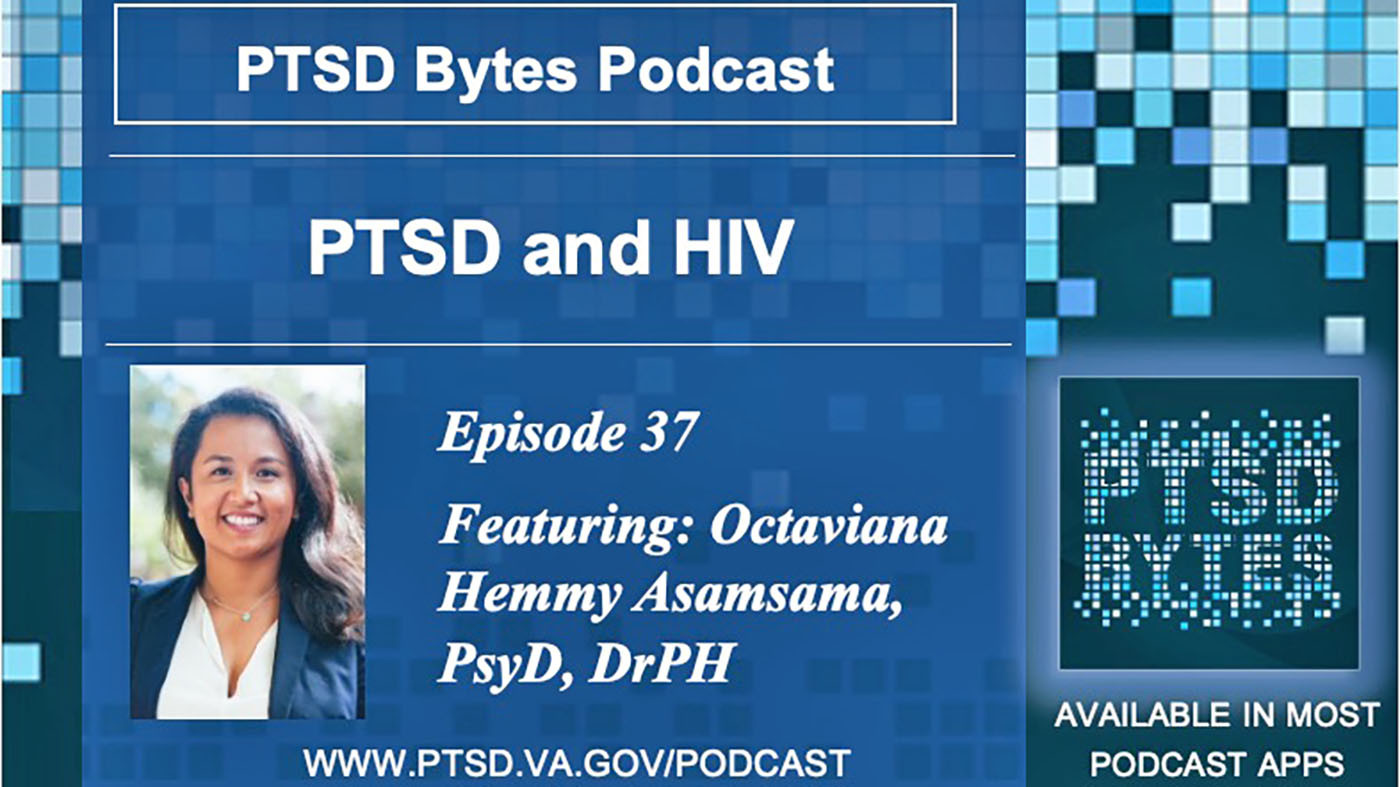It’s common to hope that PTSD symptoms will just go away over time, but this is unlikely if you’ve had symptoms for longer than a few months. Seeking treatment and talking about a traumatic event may seem hard but confronting difficult memories can help you heal and move forward.
Trauma-focused psychotherapies that focus on the memory or meaning of the traumatic event have the strongest scientific evidence. They are safe and proven to work.
Three of the most effective therapies are Cognitive Processing Therapy, Prolonged Exposure, and Eye Movement Desensitization and Reprocessing.
Each therapy is different but they all teach you how to process your trauma-related thoughts, memories, and feelings so that you can move on.
“My treatment has been a blessing to me and my family. It’s hard to put into words just how you feel after you know you can control your anger and you can control your emotions.”
~Bradley Seitz, Marine Corps (2002-2005)
Trauma-Focused Psychotherapies: What to Expect
Cognitive Processing Therapy (CPT)
After a trauma, it’s common to have negative thoughts — like thinking what happened is your fault or that the world is very dangerous. CPT helps you learn to identify and change these thoughts.
Changing how you think about the trauma can help change how you feel.
“Before, I had my blinders on and I’d see all the things I had done wrong. And now, when I go through it, I see the experience as a whole. The way I think about this completely changed.”
~Christopher J. Tyler, Army (1996-2004)
Prolonged Exposure Therapy (PE)
People with PTSD often work hard to avoid traumatic memories and things that remind them of the trauma. This can help you feel better in the moment but in the long term it can keep you from recovering from PTSD by preventing you from processing what happened to you.
In PE, you expose yourself to the memories, feelings, and situations that you’ve been avoiding. It sounds scary but facing things you’re afraid of in a safe way can help you learn that you don’t need to avoid reminders of the trauma.
“It unlocks the ugly stuff. It’s in there eating away at you anyway, so it’s better just to purge it in your therapist’s office. Honestly it felt like a weight off my shoulders. It was phenomenal.”
~Sarah Humphries, Army (1994-2012)
Eye Movement Desensitization and Reprocessing (EMDR):
EMDR can help you process upsetting memories, thoughts, and feelings by having you focus on images of the trauma. At the same time, the therapist introduces brief sets of back-and-forth eye movements, taps or tones.
This helps your brain work through the traumatic memories. Over time, it changes how you react to memories of your trauma and how you feel about yourself.
“My traumatic thoughts don’t come to the forefront of my everyday life and consume my thoughts…they have been processed and placed into long- term memory, where they belong.”
~Rogelio “Roger” Rodriquez, Jr., Navy (1987-93), Air Force (1993 – 2013)
To hear more about these and other Veterans’ experiences with trauma-focused psychotherapies visit:
AboutFace – where Veterans who have been through them, will tell you about their experience.
How can you decide which treatment is right?
The online PTSD Treatment Decision Aid is a great way to learn about your options and consider which treatment is right for you.
You can watch videos of providers explaining how treatments work, then build a personalized comparison chart of the treatments that appeal to you.
You can share a printout of the chart with your provider as you decide together which treatment best meets your needs.
Topics in this story
More Stories
Veterans can now navigate VA resources with confidence using the new VA Resource Navigator
In this episode of PTSD Bytes, integrated health psychologist Dr. Octaviana Hemmy discusses treatment for HIV and PTSD.
Black Lab Raisin reminds Veterans of life outside the hospital, brightens their lives with her endless capacity for joy.






